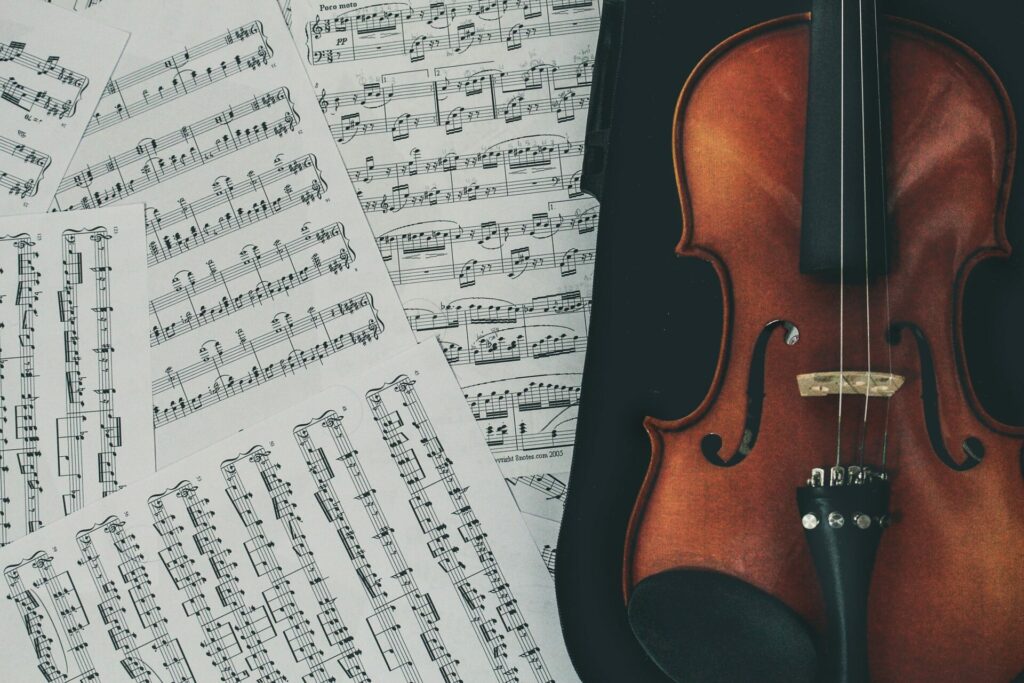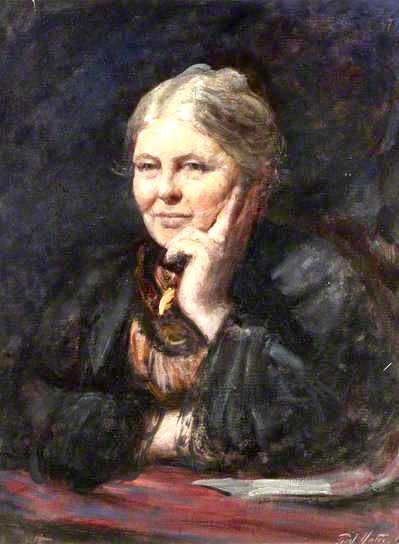
What is Composer Study?
Use every chance you get of hearing music (I do not mean only tunes, though these are very nice), and ask whose music has been played, and, by degrees, you will find out that one composer has one sort of thing to say to you, and another speaks other things; these messages of the musicians cannot be put into words, so there is no way of hearing them if we do not train our ear to listen.
Charlotte Mason
Composer Study is an important part of the educational feast, leading to a rich education. Charlotte Mason encourages students to study one artist at a time. Slowing down and narrowing the focus to a single artist will result in absorbing the beautiful work and contribution of one life.
To inspire a love for music in your home, follow these 5 simple steps:
- Choose a composer (historical or modern) to focus on each term.
- Learn about the composer’s childhood, training, and contributions. Narrate the story of their life.
- Play one of the best pieces by the composer at least once a week, ideally several times throughout the week. Make this a dedicated time of listening. Model good listening habits for your student by joining them. Children can draw or color while listening if that helps them to focus.
- Encourage students to identify the instruments while they listen. This will help them become familiar with each composer’s style.
- After a time of active listening, discuss the music with students. Ask intentional questions.
What instruments did you hear?
How many instruments did you hear?
How did this piece make you feel?
If you could ask the composer a question, what would it be?
What would you title this piece?
Discover the joy of including composer study in your educational feast!
Helpful resources:
- The Carnival of the Animals
- Classical Kids: Hallelujah Handel
- Bach and the Pipe Organ
- The Essential Herbie Hancock
- The Complete Max Roach
- Birth of the Cool: How Jazz Great Miles Davis Found His Sound
As an Amazon Associate, I may earn a small commission from qualifying purchases at no extra expense to you.


